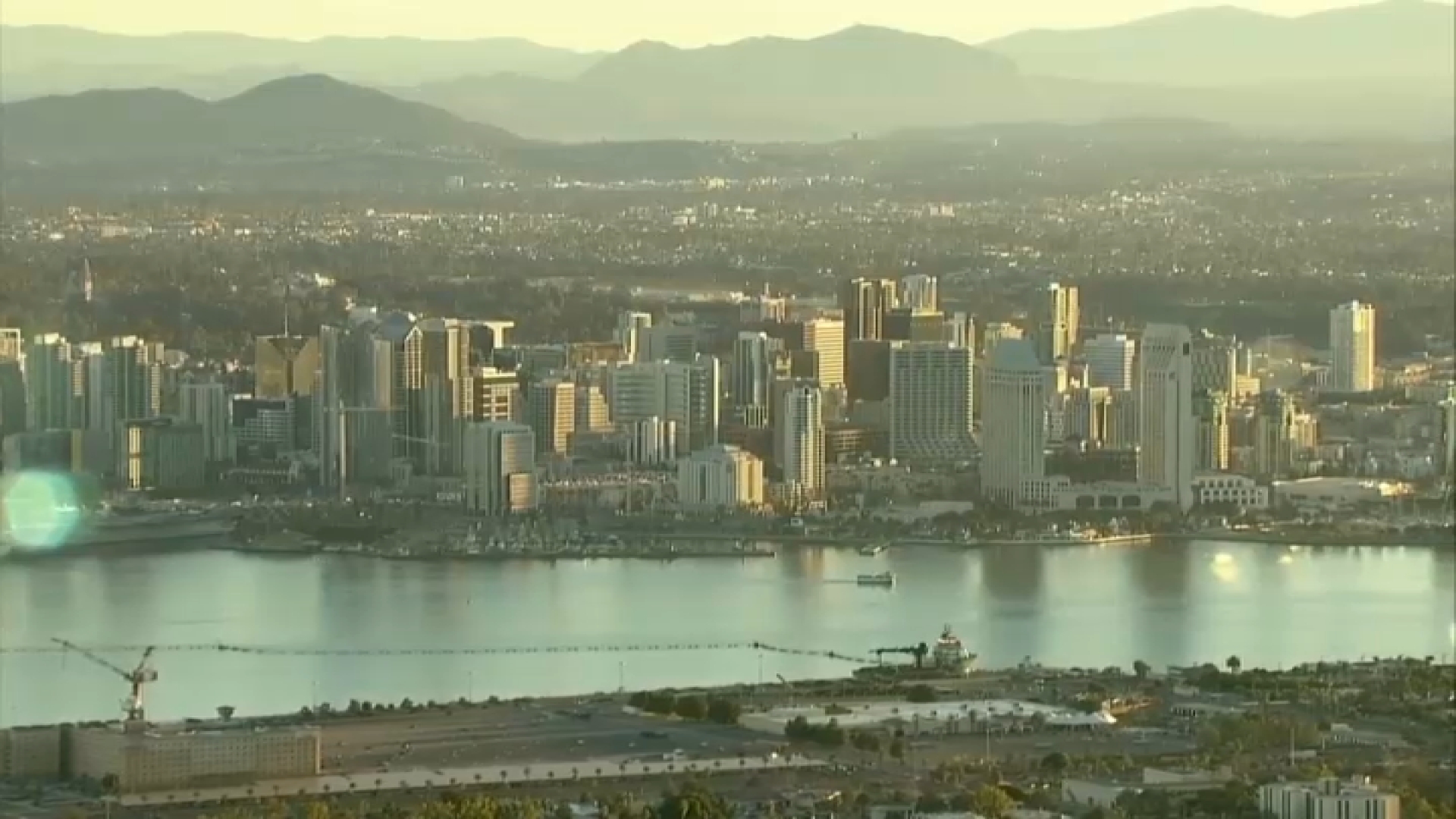Californians are facing a ninth straight day of flex alerts on Thursday, officials said.
California Independent System Operator (CAISO) said Tuesday the work consumers did to reduce energy use helped avoid rotating power outages, although the agency issued an Energy Emergency Alert 3 that warned forced blackouts were imminent.
A day later, the numbers were better, with businesses and residents working together to curb energy usage. While CAISO did issue an EEA 2 Alert, that was the day's crest. By 7 p.m., demand statewide was well beneath 47,000 megawatts, far below the system's current capacity of 50,124 mw.
Thursday, however, as was stated, will be another round of heat wave Groundhog Day, one in which the forecasted peak demand of 51,318 mw exceeds the operator's current capacity. However, that would be below Tuesday's peak demand of 52,061 mw. CAISO is urging Californians to conserve through Thursday beginning at 3 p.m. and through 10 p.m.
Get San Diego local news, weather forecasts, sports and lifestyle stories to your inbox. Sign up for NBC San Diego newsletters.
To again avoid facing the possibility of blackouts, consumers are being called upon to keep air conditioners at 78 degrees or higher during the peak period and to avoid using major appliances, such as ovens and dishwashers. Other steps include pre-cooling your home before the Flex Alert by using fans and keeping the drapes drawn.
Here’s what the alert levels mean.
- Energy Emergency Alert 1: Real-time analysis shows all resources are in use or committed for use, and energy deficiencies are expected. Market participants are encouraged to offer supplemental energy and ancillary service bids. Consumers are encouraged to conserve energy.
- Energy Emergency Alert 2: Cal ISO requests emergency energy from all resources and has activated its emergency demand response program. Consumers are urged to conserve energy to help preserve grid reliability.
- Energy Emergency Alert 3: ISO is unable to meet minimum Contingency Reserve requirements and controlled power curtailments are imminent or in progress according to each utility’s emergency plan. Maximum conservation by consumers requested.
On Tuesday, demand swelled in the late afternoon and into the evening, with everyone from Gov. Gavin Newsom to the state’s legal marijuana business control agency urging people to turn off lights and reduce power or use backup generators.
Local
Along with the Alert 3, a phone notification alert was also sent to consumers that “power interruptions may occur unless you take action” but the state’s electrical grid managed to handle record-breaking demand.
CAISO said the peak electricity demand on Tuesday hit 52,061 megawatts, far above the previous high of 50,270 megawatts set on July 24, 2006.
While there were no rolling blackouts over large areas, two outages were reported in the San Francisco Bay Area cities of Palo Alto and Alameda, affecting several thousand customers for about an hour. NBC Bay Area reported the outages were heat-related but not planned.
Demand fell as evening fell, businesses closed and dropped sharply after CAISO sent out a message on its mobile phone app begging customers to cut back their use, warning that “power interruptions may occur unless you take action.”
The Stage 3 alert ended at 8 p.m. Tuesday without major rotating outages. CAISO tweeted that “consumer conservation played a big part in protecting electric grid reliability.”
Western states were still struggling through one of the hottest and longest September heat waves on record. Temperatures began soaring last week and the National Weather Service warned that dangerous heat could continue through Friday, despite some slight moderation.
California’s state capital of Sacramento hit an all-time high Tuesday of 116 degrees, breaking a 97-year-old record. Six places in the San Francisco Bay Area and central coast set all-time record maximum temperatures, including Santa Rosa with 115 degrees.
No temperature records were broken in San Diego County but an overnight low of 73 in Chula Vista beat out the highest minimum record of 72 set in 1997 on Monday. On Tuesday, San Diego's overnight low of 73 tied its previous set in 1995.
Scientists say climate change has made the West warmer and drier over the last three decades and will continue to make weather more extreme and wildfires more frequent and destructive. In the last five years, California has experienced the largest and most destructive fires in state history.
A wildfire that started Friday in the Northern California community of Weed killed two people and one that erupted Monday and spread rapidly in the Hemet area of Southern California also killed two people. Authorities said they were found in the same area and apparently died while trying to flee the flames.



